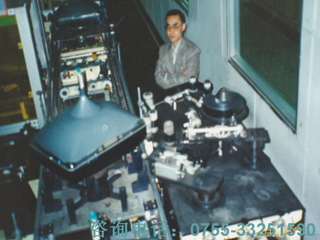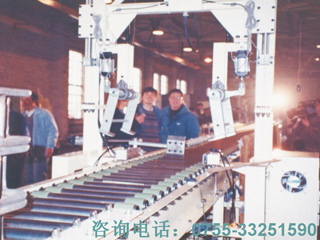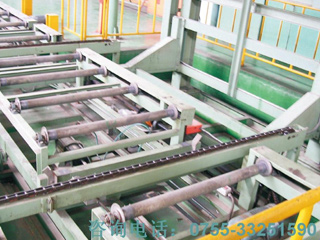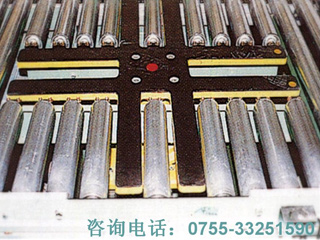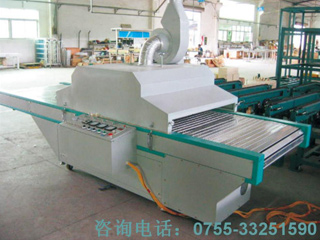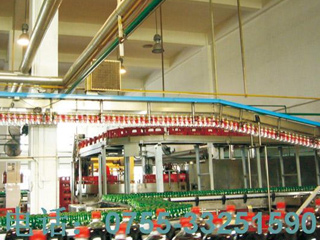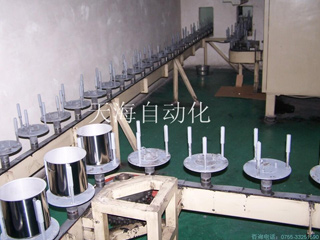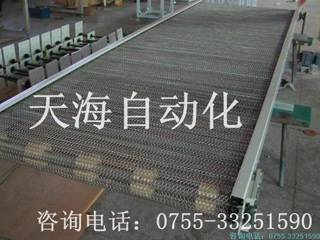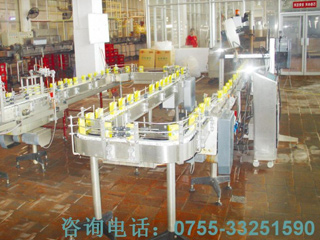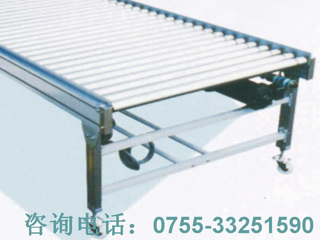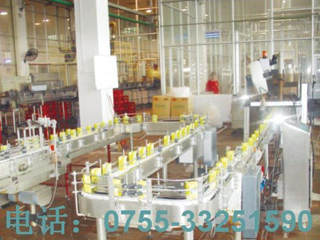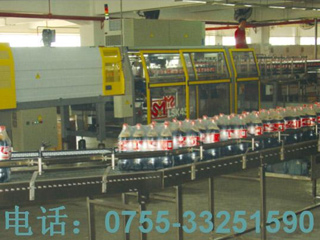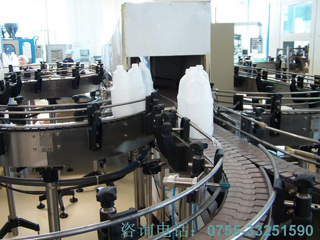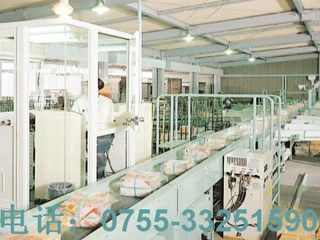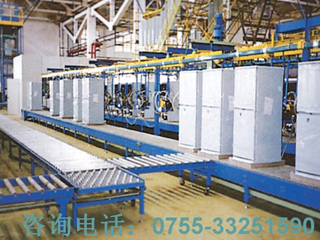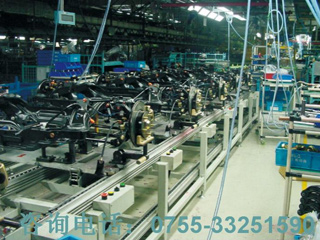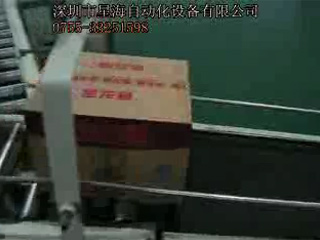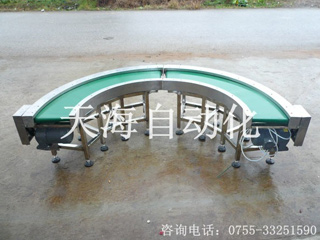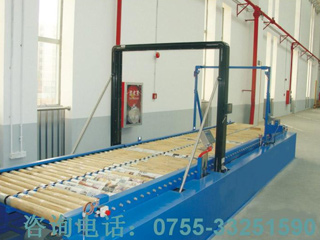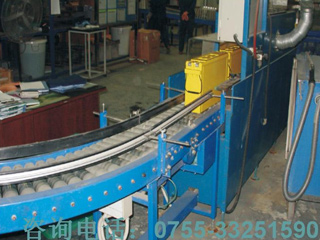Belt conveyors appeared in England in 1868, screw conveyors in America in 1887, steel belt conveyors in Switzerland in 1905, and inertial conveyors in Britain and Germany in 1906. Afterwards, influenced by the technological progress of machinery manufacturing, motor, chemical industry and metallurgical industry, the conveyor has been continuously improved. It has gradually developed from the completion of conveying in workshop to the completion of material handling within enterprises, between enterprises and even between cities. It has become an indispensable part of the mechanization and automation of material handling system. Points.
Conveyors are generally classified according to whether there are tractors or not.
Conveyors with tractors generally include tractors, load-bearing components, driving devices, tensioning devices, directional devices and supporting components. Traction parts are used to transfer traction, such as conveyor belt, traction chain or wire rope; load-bearing components are used to hold materials, such as hoppers, brackets or hangers; driving devices are used to power conveyors, which are generally composed of motors, reducers and brakes (stoppers); tensioning devices are generally of screw type and heavy hammer type, which can make traction possible. The lead parts keep certain tension and sag to ensure the normal operation of the conveyor; the supporting parts are used to support the traction parts or bearing components, and can use idlers, rollers and so on.
The structural characteristics of the conveyor with traction parts are that the materials are loaded in the bearing components connected with the traction parts or directly mounted on the traction parts (such as conveyor belts). The traction parts are connected around the heads and tails of the drums or sprockets to form a closed loop including the loaded branches of the materials to be transported and the unloaded branches of the materials not to be transported. The material is conveyed by the continuous motion of the tractor.
There are many kinds of conveyors, such as belt conveyor, plate conveyor, trolley conveyor, escalator, automatic sidewalk, scraper conveyor, buried scraper conveyor, bucket conveyor, bucket elevator, suspended conveyor and overhead ropeway.
Conveyors without tractors have different structures and working components for conveying materials. Their structural characteristics are: using the rotational motion or reciprocating motion of the working member, or using the flow of medium in the pipeline to make the material forward. For example, the working components of the roller conveyor are a series of rollers, and the rollers rotate to convey materials; the working components of the screw conveyor are spirals, and the spirals rotate in the trough to push materials along the trough; the working components of the vibration conveyor are troughs, and the trough moves back and forth to convey the materials placed therein.
In the future, conveyors will develop towards large-scale development, expanding the scope of use, automatic material sorting, reducing energy consumption, reducing pollution and other aspects.
Large-scale transportation includes large conveying capacity, large single machine length and large conveying inclination. The length of hydraulic conveyor has reached more than 440 kilometers, and the length of single belt conveyor has reached nearly 15 kilometers, and there has been a "belt conveyor channel" composed of several units connecting A and B. Many countries are exploring a more perfect conveyor structure for long-distance and large-volume continuous conveying of materials.
Expanding the use of conveyors means developing conveyors capable of conveying hot, explosive, agglomerated and viscous materials in environments where corrosive, radioactive and flammable substances can be found at high and low temperatures.
Products
 Application of Automated Logistics
Application of Automated Logistics Logistics Transport Equipment Series
Logistics Transport Equipment Series Automation equipment
Automation equipment Balancer
Balancer Other conveying equipment
Other conveying equipment Equipment accessories
Equipment accessories Control system
Control system Roller
Roller Other industries
Other industriesYou Are Here:Home > News > Company News
News
Historical Development and Innovation of Conveyor
Release time:2019/9/10 9:16:58































